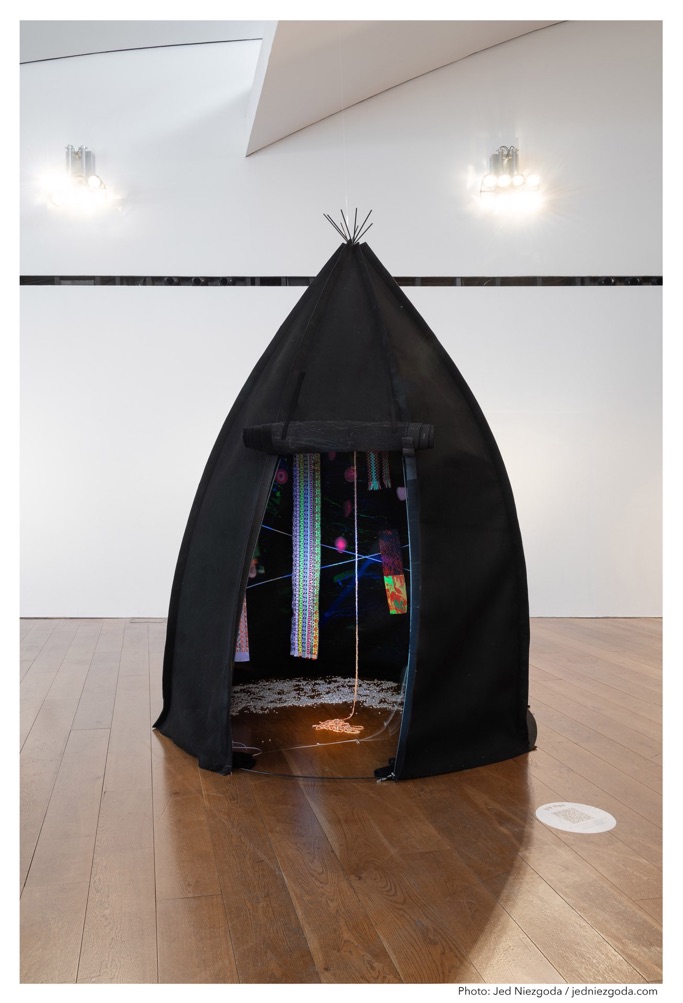a CONTEMPLATIVE ENVIRONMENT of FLOURESCENT MINERALS, PIGMENTS and FABRICS

In 1801, after hearing about the discovery of "heat rays" (infrared radiation) by William Herschel the year before, the German researcher Johann Wilhelm Ritter looked for an opposite (cooling) radiation at the other end of the visible spectrum. He did not find exactly what he expected to find, but after a series of attempts he noticed that silver chloride was transformed faster from white to black when it was placed at the dark region of the Sun's spectrum, close to its violet end. The "chemical rays" found by him were afterwards called ultraviolet radiation.

UV
tipi
Flowers have pigments that reflect UV, just as they have pigments that reflect visible light, and these pigments are visible to the UV sensitive eyes of navigating bees. But what do these colours look like? Can we even imagine a colour that a bee can see but that we cannot?



O7 OCT
29 NOV
2 0 2 0




UV tipi
Environment
310cm x 160cm x 160cm
School of Looking
2020





